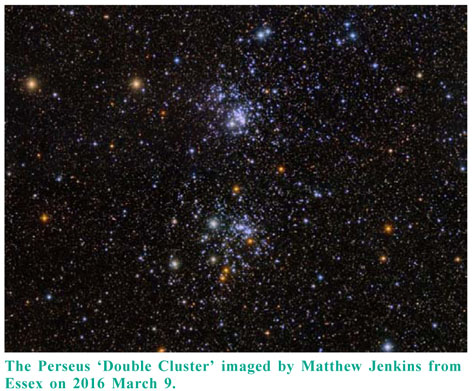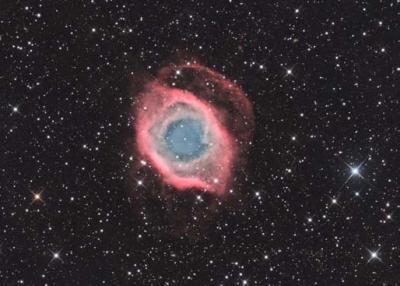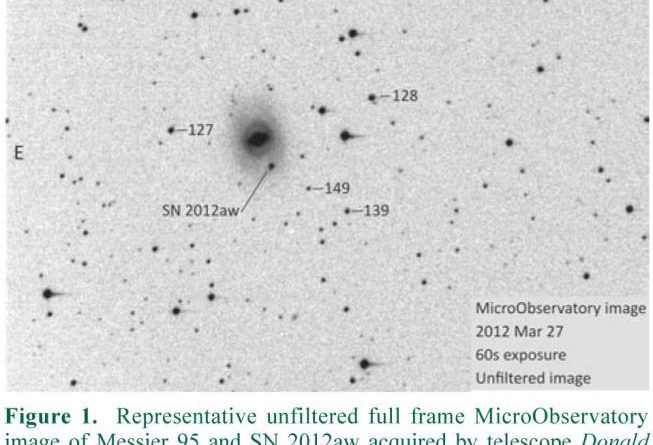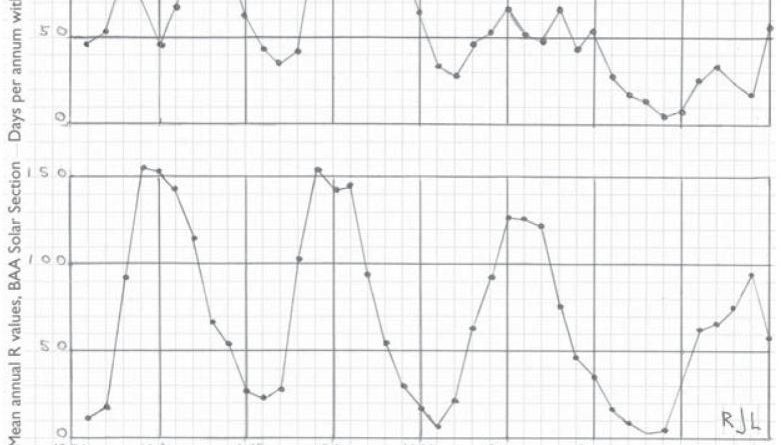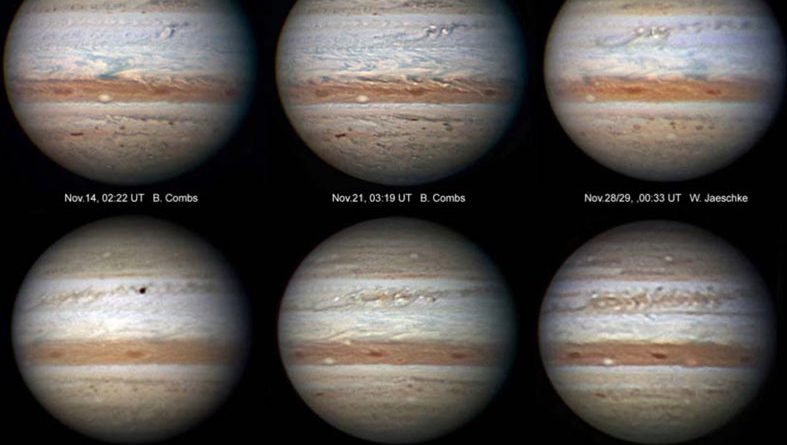Archives
Sky Notes: 2017 October & November
Looking to the Eastern night sky is Brian’s tip for these Sky Notes
Read morePlanetary nebulae for autumn
There are not so many bright planetary nebulae available in the winter months so autumn is a good time to
Read moreThe colour and temperature evolution of the plateau phase of SN 2012aw in Messier 95
BVRI and unfiltered MicroObservatory CCD observations of SN 2012aw covering up to 124 days following the explosion of the supernova are reported together with observations submitted to the BAA VSS Online Database. The photometry shows a plateau in the R and I passbands lasting ~100 days and gradual declines in brightness in the B, V and clear passbands over the same period.
Read moreObserving Sunspots from 1958 to 2015
This paper describes methods and long-term observations of sunspots made between 1958 and 2015, an interval covering more than 5 solar cycles.
Read moreJupiter’s South Equatorial Belt cycle in 2009–2011: II. The SEB Revival
A Revival of Jupiter’s South Equatorial Belt (SEB) is an organised disturbance on a grand scale. It starts with a single vigorous outbreak, from which energetic storms and disturbances spread around the planet in the different zonal currents. The Revival that began in 2010 was better observed than any before it. The observations largely validate the historical descriptions of these events: the major features portrayed therein, albeit at lower resolution, are indeed the large structural features described here.
Read more
